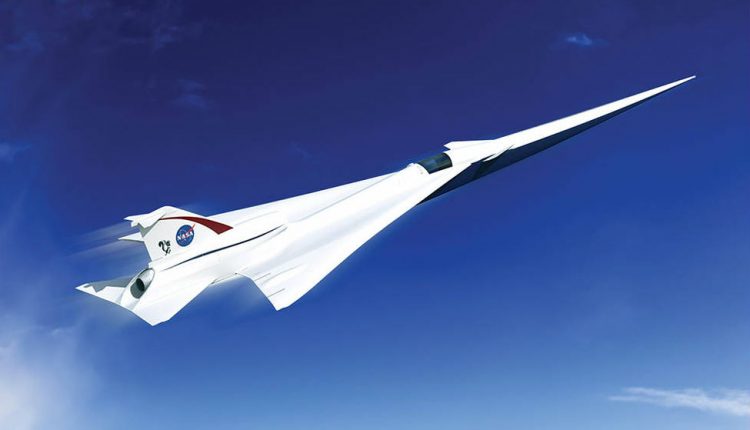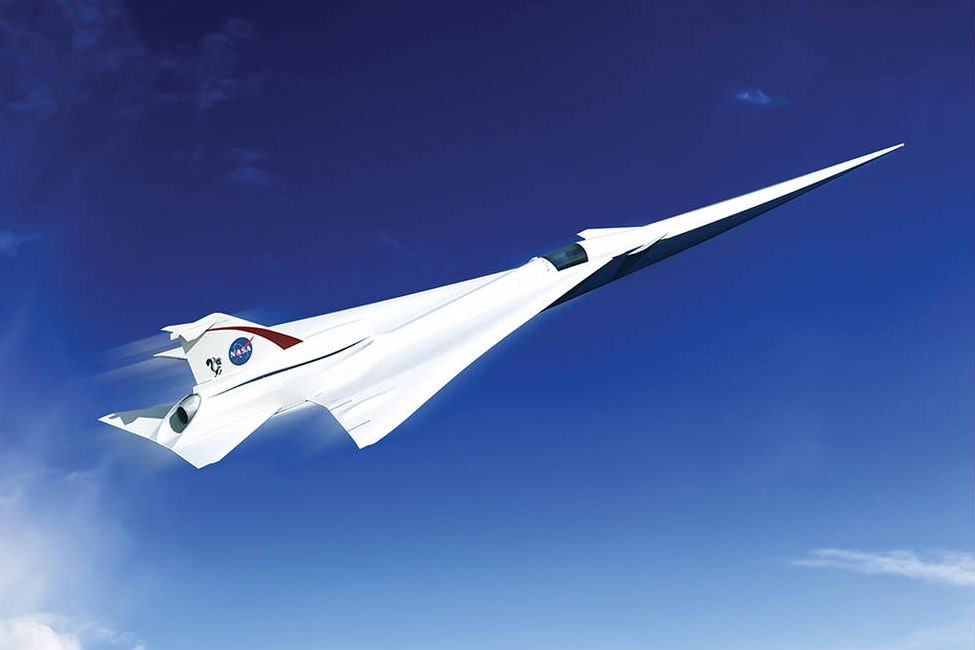
NASA will start building its quiet supersonic passenger jet
NASA is finally one step closer to supersonic passenger air travel, now that it has decided on a jet design to pursue.

(Image Credit): Lockheed Martin
In an attempt to make air travel greener, safer, and quieter, as well as travel even faster, NASA will work to build an aviation system that operates more efficiently than any other.
“To that end, it’s worth noting that it’s been almost 70 years since Chuck Yeager broke the sound barrier in the Bell X-1 as part of our predecessor agency’s high speed research. Now we’re continuing that supersonic X-plane legacy with this preliminary design award for a quieter supersonic jet with an aim toward passenger flight,” said Charles Bolden, NASA administrator.
NASA selected a team led by Lockheed Martin Aeronautics Company of Palmdale, California, to complete a preliminary design for Quiet Supersonic Technology (QueSST).
NASA’s Commercial Supersonic Technology Project had asked industry teams to submit design concepts for a piloted test aircraft that can fly at supersonic speeds, while also creating a supersonic “heartbeat,” a soft thump rather than the disruptive boom currently associated with supersonic flight.
“Developing, building and flight testing a quiet supersonic X-plane is the next logical step in our path to enabling the industry’s decision to open supersonic travel for the flying public,” said Jaiwon Shin, associate administrator for NASA’s Aeronautics Research Mission.
Lockheed Martin will receive about $20 million over 17 months for QueSST preliminary design work.
The company will develop baseline aircraft requirements and a preliminary aircraft design, with specifications, and provide supporting documentation for concept formulation and planning, which will be used in the building and testing of the future jet.
The Low Boom Flight Demonstration (LBFD) will also look for community response to the new, quieter supersonic design.
The new planes are anticipate to be about half-scale of a production aircraft and will most likely be piloted. Design-and-build will take several years, but the agencies hope to start flying by 2020, if funding goes as planned.

Comments are closed, but trackbacks and pingbacks are open.